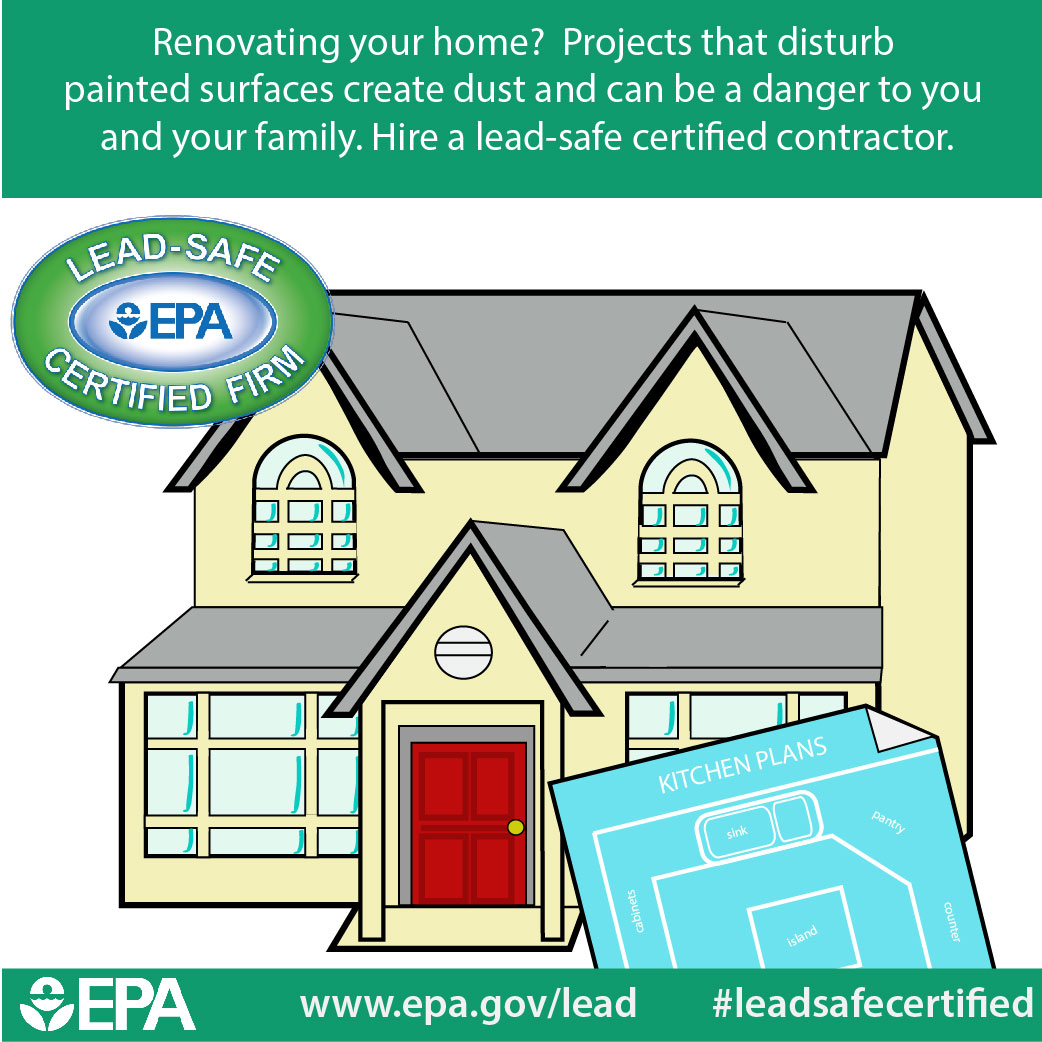Seasonal Factors In Business Exterior Paint: Key Insights You Must Know
Seasonal Factors In Business Exterior Paint: Key Insights You Must Know
Blog Article
Published By-Doherty Rodriquez
When you're planning a business exterior paint project, seasonal elements can make or break your outcomes. You'll intend to take into consideration exactly how temperature and humidity influence paint application and drying times. Choosing the ideal period can ensure your paint adheres effectively and lasts longer. But which periods are really the very best for this kind of work? Let's check out the crucial elements that can influence your job's success.
The Effect of Temperature Level on Paint Application
When you're preparing a business outside paint task, the temperature can considerably influence exactly how well the paint adheres and dries out.
Preferably, you wish to paint when temperature levels range between 50 ° F and 85 ° F. If it's also cool, the paint may not treat correctly, resulting in issues like peeling or cracking.
On the other side, if it's too warm, the paint can dry too rapidly, stopping appropriate attachment and resulting in an irregular surface.
You must likewise take into consideration the time of day; early morning or late afternoon uses cooler temperature levels, which can be a lot more desirable.
Always inspect the manufacturer's referrals for the particular paint you're utilizing, as they frequently supply support on the perfect temperature variety for ideal results.
Moisture and Its Effect on Drying Times
Temperature isn't the only ecological element that affects your business outside painting project; moisture plays a significant duty also. High moisture levels can slow down drying out times drastically, affecting the general high quality of your paint work.
When the air is filled with moisture, the paint takes longer to treat, which can bring about concerns like poor adhesion and a greater risk of mold growth. If commercial painting on an especially damp day, be planned for extensive wait times between layers.
It's important to monitor regional climate condition and strategy appropriately. Preferably, go for visit the following page in between 40% and 70% for optimal drying.
Maintaining these consider mind ensures your job stays on track and provides a lasting finish.
Best Seasons for Commercial Outside Painting Projects
What's the most effective season for your business external paint tasks?
Spring and early fall are normally your best bets. During these seasons, temperature levels are moderate, and moisture levels are typically reduced, producing optimal conditions for paint application and drying out.
Avoid summertime's intense heat, which can trigger paint to completely dry also promptly, resulting in poor adhesion and surface. Similarly, winter season's cold temperature levels can hinder appropriate drying out and curing, taking the chance of the durability of your paint task.
Aim for days with temperatures in between 50 ° F and 85 ° F for ideal outcomes. Keep in mind to check the neighborhood weather forecast for rainfall, as wet conditions can ruin your task.
Preparation around these variables ensures your paint job runs efficiently and lasts longer.
Verdict
To conclude, planning your industrial exterior painting tasks around seasonal factors to consider can make a considerable distinction in the result. By scheduling work during the ideal temperatures and moisture levels, you'll guarantee far better bond and drying times. Remember to watch on local weather report and choose the correct time of year-- spring and very early fall are your best options. Taking these steps will aid you accomplish a sturdy and professional surface that lasts.
